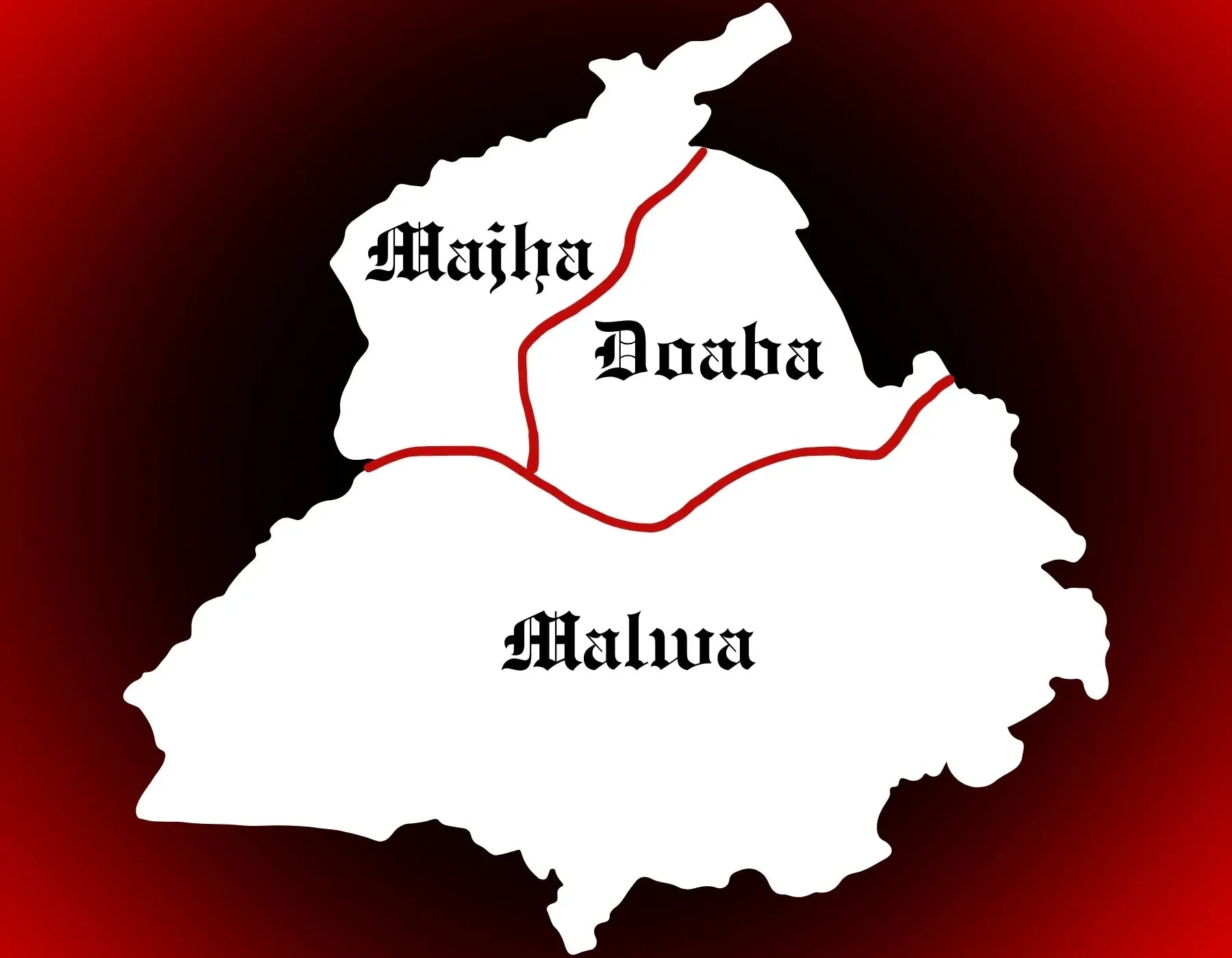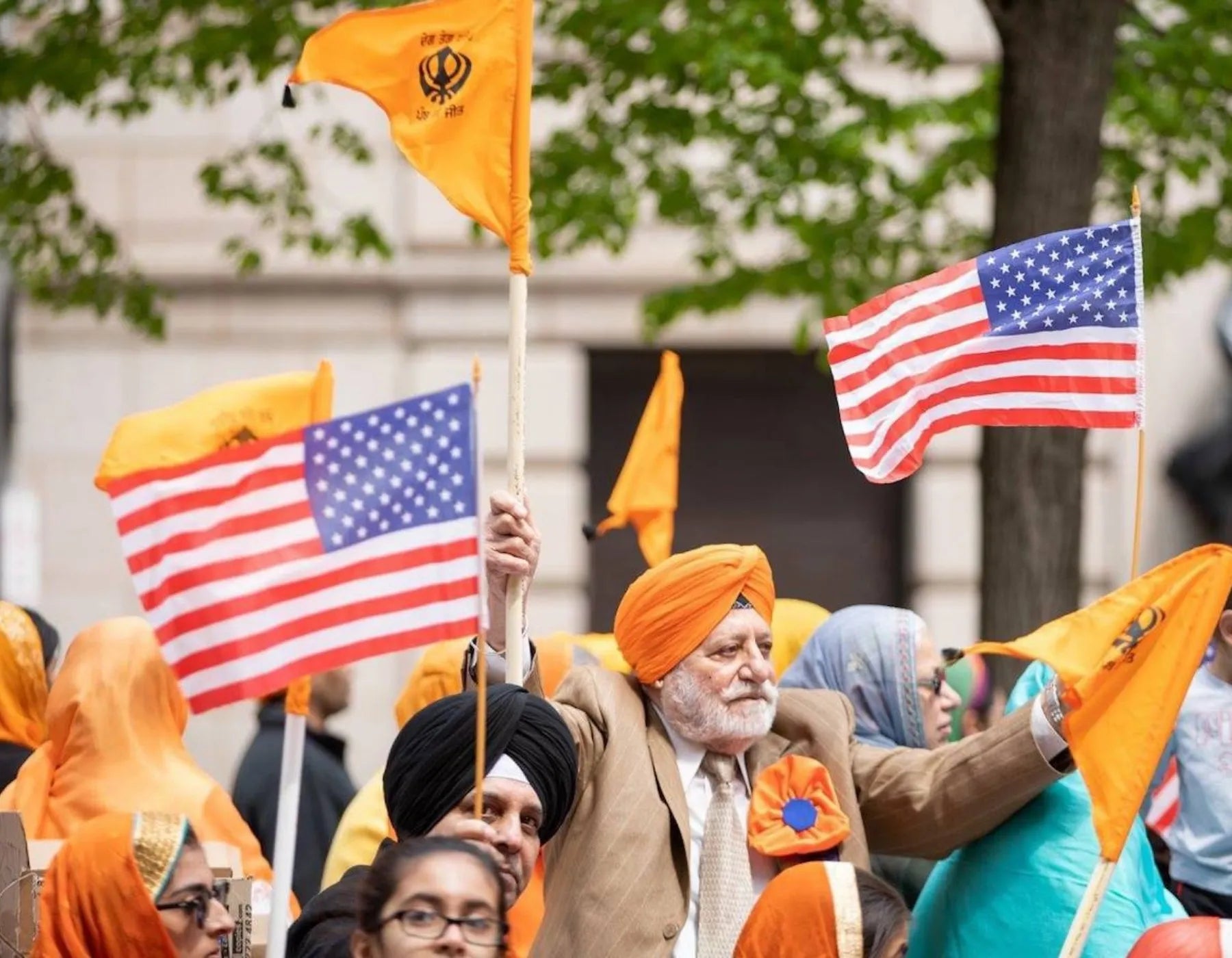
How Our Punjabi Parents Came With Nothing and Built Everything
The Immigrant Dream: From Punjab to the World
In every corner of the globe—from the bustling streets of New York to the rural farmlands of British Columbia, from the heart of London to the suburbs of Melbourne—you'll find a Punjabi family whose story echoes the same powerful narrative: arriving with nothing but a suitcase and a dream, and through sheer grit and relentless hustle, building a life of meaning, success, and legacy.
Our parents were part of a wave of Punjabi immigrants who left behind the fields of Punjab, lured by promises of opportunity in foreign lands. But the reality was never as glamorous as the brochures. They faced language barriers, financial hardships, cultural alienation, and often, blatant discrimination. Yet, they persevered.
Surviving the Storm: The First Five Years
The first few years were nothing short of brutal. Many of our fathers took up labor-intensive jobs—driving trucks, working in factories, cleaning offices—jobs that demanded everything and paid barely enough. Our mothers, often more educated, stayed home to care for us while figuring out the new system. The sacrifices were immense: no vacations, no luxuries, no weekends—just work.
They lived in shared basements, skipped meals to save money, and sent whatever they could back to family in Punjab. But through it all, they held on to one belief: “We didn’t come this far to only come this far.”

The Culture of Hustle: A Legacy of Grit
What set our parents apart wasn’t luck—it was an unmatched work ethic. From sunrise to midnight, they were grinding. Even after long shifts, they pursued night school, certifications, and licenses—eager to climb the ladder. Many started small businesses, from trucking and construction to restaurants and retail, turning pennies into profits.
They took on multiple jobs, worked weekends, and learned everything on the fly. Every dollar earned was a testament to sacrifice, every milestone achieved was etched in resilience. The Punjabi hustle was born—not out of choice, but out of survival.

Building Community: Unity in a Foreign Land
Wherever Punjabis migrated, they built more than homes—they built community infrastructure. Gurdwaras became not just places of worship, but support centers—offering food, shelter, job referrals, and even immigration help. Cultural organizations hosted Punjabi melas, Bhangra competitions, and language schools, preserving roots while adapting to new soil.
In times of loss, celebration, or crisis, we always found support within our community. This strong communal bond was one of the biggest reasons Punjabi immigrants thrived across generations. Our parents knew: alone, we survive; together, we succeed.
From Manual Labor to Million-Dollar Businesses
Fast forward two or three decades, and what started as entry-level labor transformed into multi-million-dollar empires. Today, we see Punjabi names across industries: real estate developers, trucking magnates, retail chain owners, and tech entrepreneurs. Some families own fleets of trucks, entire shopping plazas, or franchise chains.
This rise wasn’t accidental. Our parents reinvented themselves constantly, often reinvesting every penny they made. They instilled in us the same principles: don’t rely on one income, take calculated risks, and stay grounded no matter how high you climb.

Preserving Culture While Chasing Success
Despite being oceans away from Punjab, our parents never let us forget where we came from. We grew up listening to Gurdas Maan in the car, attending Sunday Punjabi school, celebrating Lohri, Vaisakhi, and Gurpurabs in full spirit.
They taught us to wear our Punjabi identity with pride, to never let assimilation erase heritage. Even while chasing the "American Dream" or "Canadian life", they reminded us that success without values is hollow. Language, customs, and family traditions were preserved intentionally. We are bicultural by design, not by default.
Educating the Next Generation
Our parents never had the luxury of elite schooling, but they made sure we did. Education was non-negotiable. Whether it meant working overtime to afford tuition or moving to better school districts, they did it. And we, their children, became doctors, engineers, lawyers, professors, and CEOs.
But beyond degrees, they instilled something more powerful: character. They taught us to never look down on anyone, because they had once been at the bottom. They showed us that hard work beats talent when talent doesn’t work hard.
Giving Back: Full Circle
Now that many of our families have achieved success, they haven’t forgotten their beginnings. Countless Punjabi families donate back to Punjab, funding schools, hospitals, and clean water initiatives. In foreign countries, they sponsor newcomers, help struggling families, and mentor the youth.
This isn’t charity—it’s seva. A core principle our parents lived by: when you rise, you lift others with you. Their impact is no longer just financial—it’s cultural, spiritual, and generational.
The Legacy Continues
Today, as second and third-generation Punjabis build their own lives, we carry forward a legacy forged in fire. Our parents were never just immigrants—they were architects of possibility, warriors of resilience, and champions of sacrifice.
We owe them more than gratitude—we owe them continuation. Their stories remind us that no matter how tough the road, if your purpose is clear and your heart is pure, you can turn nothing into everything.
Their journey is not just part of our history. It is our foundation.


